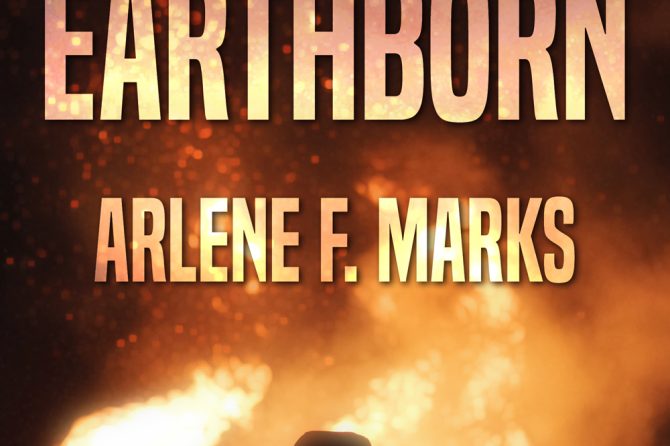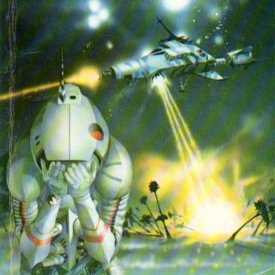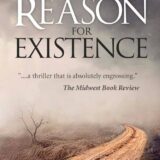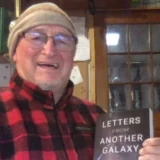
Last time out, I waxed lyrical about the first ever author who introduced me to the concept of the slow burn: Terry Brooks and his epic Shannara & Word of the Void series that have kept me entertained for oh so many years. (Those of you who have read Terry Brooks will appreciate what I mean).
However, I also made mention of one of my favorite authors who, in my opinion, is the true master of the slow burn: The one and only Raymond E. Feist.
My relationship with Raymond E. Feist began way back in 1982 when – you guessed it – I was on leave from my duties with the Royal Marines, and walked into my bookshop of choice, Hudson Bookstore, in Birmingham, UK, and saw THIS meaty tome bowing down the shelves in the fantasy section: (And forgive the condition of the picture, but it’s my actual original copy. A treasure I’ve kept for more than forty years). . .
I mean . . . whoa! Yes please.
As an avid reader, this book immediately caught my attention. A fantastic cover. An intriguing blurb that hooked me the second I read it. And, for me, I was instantly attracted by the fact that Feist wasn’t afraid to hit the shelves with one heck of a massive 545-page book. Thank you.
You see, I’m a reader. I love books. I love great stories. I always have done. So, when I saw this first edition of Magician – which, as fans will know, was later divided into two separate books: Magician Apprentice & Magician Master – I thought. . .

And do you know what? I’m sooo glad I did, because little did I know that it would be the beginning of a relationship that has spanned more than four decades, all of them filled the wonder of a stunning imagination brought to vivid life.
So, here’s the gist of the opening story:
The book is set in the 12th year of the rein of King Rodric the Fourth. At that time, an orphaned kitchen boy, known only as Pug, is made apprentice to Duke Borric’s magician, Kulgan, in Crydee. Pug struggles to master even the most basic spells. Nevertheless, he manages to rise to a higher station after saving Princess Carline, Duke Borric’s daughter, from mountain trolls, whereupon he becomes a squire of the Duke’s court.
Pug also continues his lessons with Kulgan, where he discovers a talent for building things.
One day, Pug discovers a foreign ship wrecked after a storm. This, and further reports of strangely dressed warriors appearing in the forests around Crydee prompts Lord Borric to set out for Krondor, the capital of the western realm of the kingdom, to convey the news to the prince and ask for help and advice.
However, the prince vacillates, and sends them on to the capital, Rillanon, where Lord Boric discovers the king to be suffering from psychotic delusion. As such, they are refused aid and turned away.
In the meantime, those reports of strangely dressed warriors turn out to be true. They are, in fact, an invasion force from an entirely different world – Kelewan – who have traveled to Midkemia via a magical rift.
War erupts between the Midkemians, (which draws in the elves and dwarves), and the invaders, known as Tsurani. The Duke’s troops engage in a series of fierce battles in an effort to locate and destroy the rift facilitating access between worlds. However, Pug is captured during one of those battles and taken back through the rift to Kelewan, the Tsurani homeworld, where he becomes a slave.
Years pass, and a stalemate develops between the two forces.
Regardless, and quite by chance, Pug’s masters discover his talent for magic. He is claimed by the powerful assembly of magicians where he learns that his inability to master magic stems from the fact that he was being forced to learn only lesser path abilities, when, in fact, he has a natural flair for higher magic. He becomes a Great One, the Tsurani name for master practitioners of magic, and returns to Midkemia along with a friend, Laurie, who, along with a Tsurani warrior, Kasumi, embark on a secret errand of peace from the Tsurani Emperor to King Rodric in Rillanon.
Sadly, that mission fails, as they are unable to persuade the mad king to listen to reason.
After discovering that Pug is alive and prospering, a now dying Duke Borric reveals that he has subsequently adopted Pug into his family in his absence. Borric also grants Pug the island of Stardock, where Pug is to establish an academy of magic.
Duke Borric also reveals that Martin – the estates hunter and gamekeeper – is his son and the older brother to Lyam and Arutha. Upon Borric’s death, Lyam becomes Duke of Crydee and commander of the Armies of the West. And just when you thought things couldn’t get worse. . .
The mad King Rodric appears at the camp. After hearing the news of Borric’s death, he want to help, and unwisely leads a charge against the Tsurani. While he manages to break their ranks and drive them back, he suffering a mortal wound. Dying, the King apologizes to Lyam and names him heir to the throne, unaware of Martin’s lineage.
Lyam assumes command and immediately sues for a peace with the Tsurani Emperor Ichindar. The peace conference begins on good terms. But sadly, thanks to the interference of powerful and mysterious sorcerer Macros the Black, the elves and dwarves mistakenly perceive treachery, and the truce dissolves into an all-out conflict.
Yet all is not lost. In an unexpected twist, Macros enlists Pug’s help to close the rift once and for all, severing the connection between worlds, leaving numerous Tsurani soldiers stranded in Midkemia, including Kasumi.
The Tsurani expect to be put to death, as is custom on their world, but are instead granted freedom in return for their pledge of service to the Kingdom. Those who agree are stationed in LaMut and Kasumi is given command of the garrison there. He is also rewarded for his service by being elevated to Earl.
In a final twist, Lyam chooses to reveal Martin’s birthright on the eve of his coronation, threatening to throw the Kingdom into turmoil and potential civil war. Regardless, Martin has never aspired to kingship. He relinquishes his claim, making Lyam the rightful king and ending any possibility of dispute.
xxxxxxxxxxxxxxxxxxxx
So there you go.
A brief – and believe me, it’s very brief – summary of what you can expect to find in the opening book(s) to this epic saga. (I felt it only fair to leave out a lot of detail from this précis, as I don’t want to spoil things for those of you who haven’t read it yet). And when you do, believe me, it’ll be the start of something special.
In my case, I didn’t have to wait too long for that something special. The sequels, Silverthorn and A Darkness at Sethanon, came out in 1985 and 1986 respectively, and immediately began to expand and deepen the story. (And yes, these are also my originals).
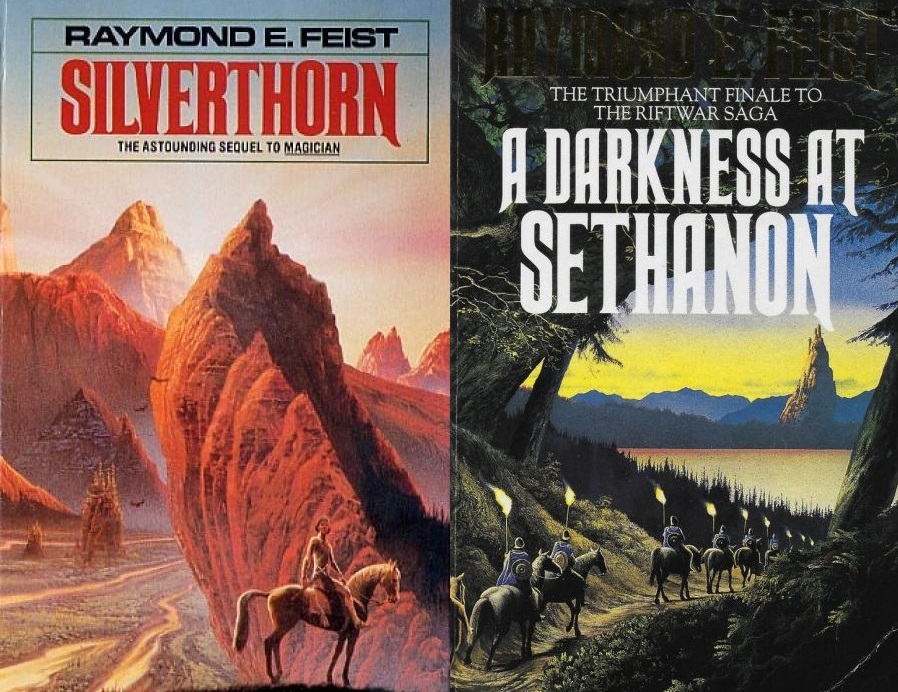
Like any other fan of a great author, I was delighted Feist brought out those sequels so quickly. And, having read them and the way they brought the story arc to a close, I thought . . . Nice one! I was satisfied that the adventure seemed to reach a satisfying conclusion, yet at the same time, disappointed that it all had to come to an end.
Ha! Little did I know.
If you remember my last article where I discussed the merit of the Slow Burn with Terry Brooks, he started off with the Shannara Series. Expanded it a little. Started a whole new story arc with The Word & The Void. Expanded that. And, as the years went by, started adding other novels to the mix that gradually melded the two series together into the same universe, before expanding Shannara again with a series of prequels and later stories.
A very clever response to the growing popularity of his books that proved most entertaining.
Nonetheless, Raymond Feist went about the Slow Burn in an entirely different way.
How so? Well, let me explain. . .
The majority of Feist’s adventures are set on Midkemia and Kelewan, in what we now know as – The Riftwar Universe – in homage to the abilities possessed by the magicians of both worlds, who are able to forge ‘rifts’ through spacetime, thereby linking two planets that are located in entirely different solar systems. However, what many people won’t know is that Midkemia was originally devised as a Dungeons & Dragons style role-playing game, created by Feist and his friends while studying at university. And because of that – and the amount of time they spent testing and tweaking and expanding it – the original ‘book’ concept was much, much deeper and far more extensive than you might appreciate.
It meant that there was a huge repository of storylines just waiting to be explored. New heroes, heroines and villains, waiting in the wings. Yes, people we originally thought of as villains in the opening novels are explored in detail. (Guy du Bas-Tyra , for example). You find out more about their backgrounds and history. About what makes them tick. And, shockingly, what heroes they actually are. And because the original trilogy was just a taster to a massive smorgasbord of delights, we saw a much more cohesive development of the Riftwar Universe as each novel came out.
For example, most of the 30 books in the overall arc were released in chronological order (except for the Legends of the Riftwar & the Empire Trilogy, which starts during Magician, and conclude after Silverthorn and a Darkness at Sethanon, respectively). After that, there’s only the Riftwar Legacy, which occurs between the original trilogy and their follow-up, Krondor’s Sons.
See table below which summarizes the entire universe:
The Riftwar Saga
Magician
Silverthorn
A Darkness at Sethanon
Krondor’s Sons
Prince of the Blood
The King’s Buccaneer
The Empire Trilogy (With Janny Wurts)
Daughter of the Empire
Servant of the Empire
Mistress of the Empire
The Serpentwar Saga
Shadow of a Dark Queen
Rise of a Merchant Prince
Rage of Demon King
Shards of a Broken Crown
The Riftwar Legacy
Krondor: The Betrayal
Krondor: The Assassins
Krondor: Tear of the Gods
Legends of the Riftwar
Honored Enemy (with William R. Forstchen)
Murder in La Mutt (with Joel Rosenberg)
Jimmy the Hand (with S.M. Stirling)
Conclave of Shadows
Talon of the Silver Hawk
King of Foxes
Exile’s Return
The Darkwar Saga
Flight of the Nighthawks
Into a Dark Realm
Wrath of a Mad God
The Demonwar Saga
Rides a Dread Legion
At the Gates of Darkness
The Chaoswar Saga
A Kingdom Besieged
A Crown Imperiled
Magician’s End
That’s a heck of a lot of reading, isn’t it?
But we’re not finished yet. . .
Drum roll please!
I say that, because Magician’s End was released in 2013, and, due to the way the story wrapped everything up, I – like many others – assumed we’d reached the final conclusion of an epic journey. And, I, like many others, was sucker-punched by the little personal message Raymond E. Feist included in the preface to that book, which read:
“This final book in the Riftwar Cycle, after thirty successful years of writing, is dedicated to you, the reader. Without your support and enthusiasm, I would never have achieved this milestone.”
– Raymond E.Feist.
So, where’s the sucker-punch I mentioned, and how does this relate to the Slow Burn?
Well, let me be a little more specific here. If you read that message again, you’ll note Raymond Feist refers to the final book of the Riftwar Cycle. That’s Cycle, not Saga.
My bad, as I completely missed that when I originally read it. And understandably so. After all, the story seemed complete. Whole. Finalized in a most satisfactory way. . .
Or was it?
Well, in 2018, this little beauty came out:
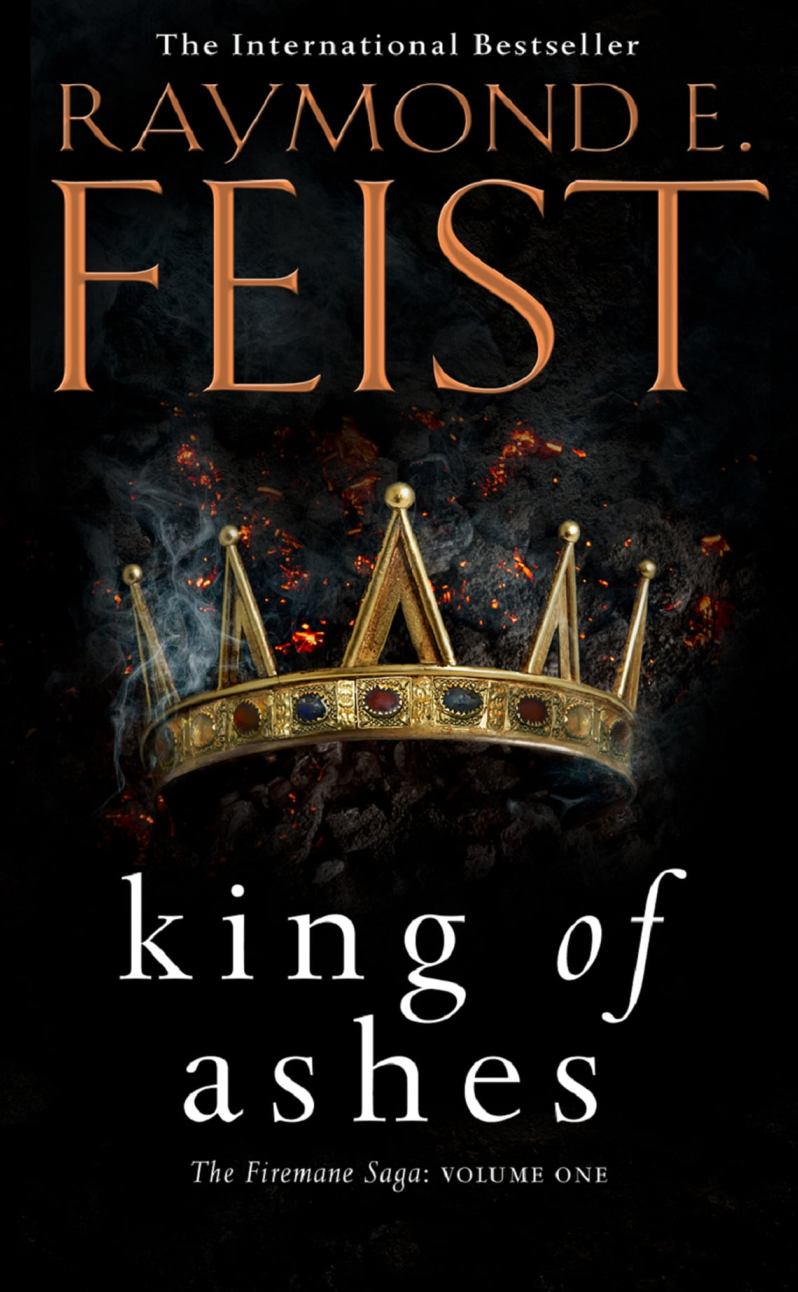
Woo-hoo, I thought. Another book from Raymond E. Feist. Something that, once I had it in my hands and started reading, clearly related to an entirely different world and people.
I remember thinking at the time what a brave move that was. The Riftwar Saga and all the buds that flowered from it was a mighty endeavor. A hard act to follow. But hey, at least he had the guts to have a go with a brand new Firemane Saga.
Silly me. . .
Do you remember the part in this article where I wrote: “The majority of Feist’s adventures are set on Midkemia and Kelewan, it what we now know as – The Riftwar Universe – in homage to the abilities possessed by the magicians of both worlds, who are able to forge ‘rifts’ through spacetime, thereby linking two planets that are located in entirely different solar systems?”
You see, I should have remembered that: Rifts between worlds, and, planets in different solar systems.
Why?
If you’ve read Magician, I’m sure you’ll remember that epic scene as Pug – Now Milamber – climbs the needle spire atop the city of magicians on Kelewan to become a fully-fledge Black Robe? During that scene, his mind and consciousness expand through a series of ever higher planes, allowing him to meld to the different races living on Kelewan, the cosmos, and even the beings of power who control the web of life connecting everything in the universe and beyond.
During one part of this experience, Milamber’s awareness shifts, granting him a vision of a beach on kelewan, thousands of years previously. An idyllic setting. Until the air warps and the very fabric of space and time is ripped apart, revealing a wild display of chaotic energy, from which a golden bridge extends down toward the earth. No sooner does it touch the ground that thousands upon thousands of refugees come running, all frantic to escape the insanity that rages in the ether beyond it. That bridge stays open for days, giving any who want to, an opportunity to escape a hidden ‘Enemy’ – until a band of mighty magicians decide they can’t wait any longer, before forcing the rift shut.
And there, my friends, in the very first book Raymond E. Feist wrote, are the seeds that give rise to this latest Firemane Saga.
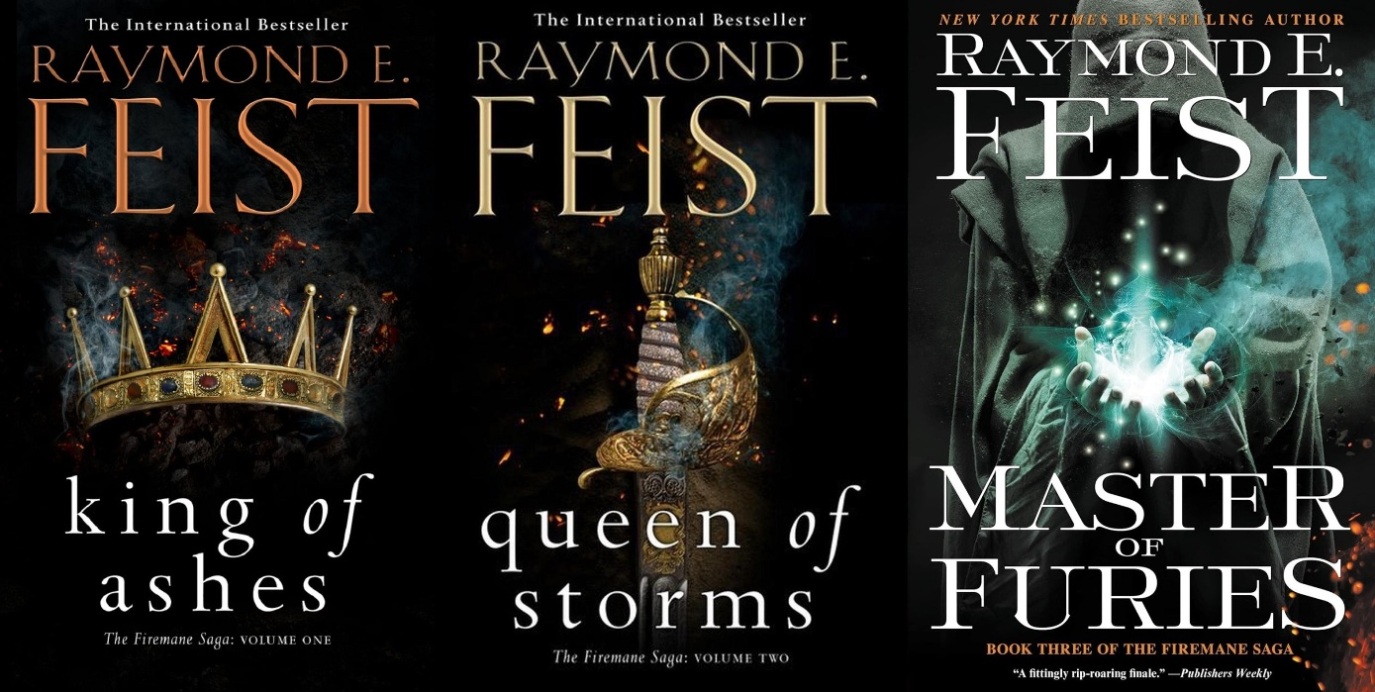
You see, while King of Ashes might be part of a brand new series, that series is set in. . .
Can you guess which universe?
I’ll give you a clue.
Remember Pug-Milamber’s vision of the refugees travelling across space from different worlds and solar systems to arrive on Kelewan? Sooo many planets out there. Soooo many varied peoples.
And sneaky so-and-so that he is, Raymond Feist doesn’t give the game away at all! Not until you get to Queen of Storms, the second book in this new series and certain things begin occurring that make you think? Hang on, that’s somewhat similar to what happened in The Riftwar Cycle.
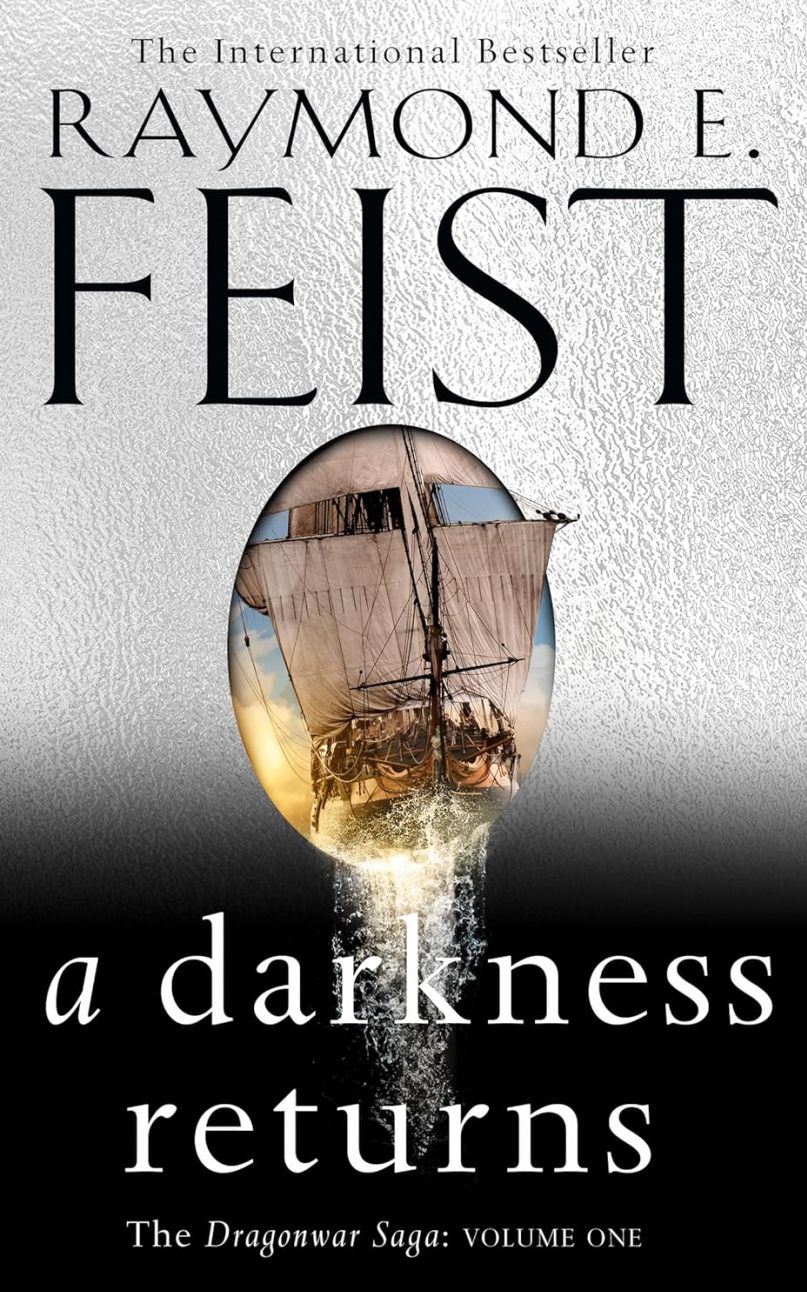 Get it?
Get it?
You’re not quite sure, to begin with, until. . .
Ah, you’ll have to find out for yourself. I’m not going to spoil what Raymond Feist spent decades setting up. But, boy oh boy, it’s worth the wait. And let me say, by the time you get to Master of Furies? Well, any doubts you may have entertained will have been blasted out the park.
And then there’s this, due out later this year.
Oh my. Read the cover carefully and you’ll note that Mr. Feist is far from finished. And I, for one, am very pleased about that.
So, if YOU haven’t yet availed yourself of the sheer magical entertainment that is Raymond E. Feist, then why not do so, and delve into Magician before the week is out?
And as you do so, just remember, it’ll be the start of something special. A journey that will last a long, long time.
I look forward to seeing what you think.



